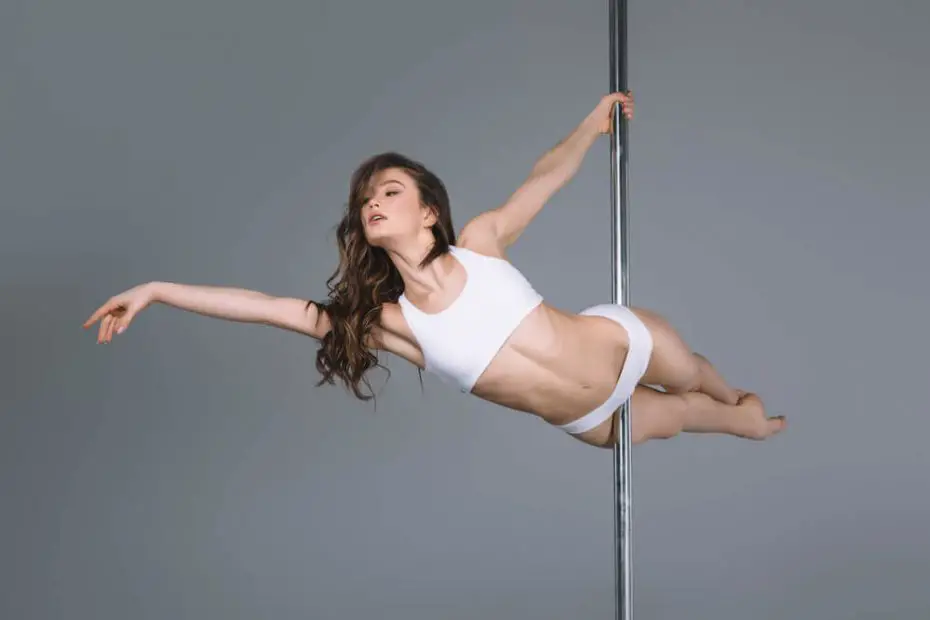Pole dancing is a beautiful and sensual art form. But it’s not all rainbows and butterflies. One of the not-so-fun aspects of pole dancing is the bruises, burns and pain. No matter how experienced you are, pole dance bruises are inevitable.
If you are a pole dancer who’s struggling with bruises, this post is for you. While the bruises are part of the sport, there are ways to heal them faster so you can get back to pole dancing as soon as possible.
This post will go deep into pole dance bruises, friction burns and all sorts of pain and give you tips to heal them faster and avoid them all together.
Does Pole Dancing Hurt?
To begin, it’s important to remember that everyone’s physical reaction to a given stimulus is unique. There is no universal explanation for why your body can have an adverse reaction at first because no two people are the same.
Though some dancers have never experienced this before, pole dancing does hurt. At least in the beginning.
The skin isn’t designed to brush against metal poles like it would typical soft fabrics like clothing, resulting in numbness, tingling feelings, discomfort (sometimes all three!), and chafed places.
Also read: Amazing pole tricks
Nociceptors in the skin provide signals to the brain when they detect novel motion, alerting it to the possibility of injury to sensitive skin. These receptors serve as little messengers that relay information on the state of our body’s most delicate organs and tissues.
It’s just a protective mechanism alerting us to the fact that we’re using some of our faculties in ways we never have before. It’s nothing to worry about because the more you use a particular body part, the more your body will get used to it.
The human body is an amazing and sophisticated machine. It makes sense that there would be times when inflammation is called for to aid in the healing process.
Even though inflammation is the root cause of bruising, it is essential to remember that its purpose is to speed healing. Your brain has a plan when it comes to dealing with discomfort. If you stop exercising when it starts hurting, your body will never become acclimated to the discomfort of exertion.
To lessen the impact of the pain in the future, acclimating the body is essential.
It may hurt now if you keep working out the regions where you are pulling at skin or otherwise experiencing discomfort. Eventually, though, your brain will conclude that these new experiences pose no threat and will begin to accept them.
How to Heal Bruises From Pole Dancing Faster
Pole dance bruises or “Pole Kisses” (Some people have taken to referring to them as “pole trophies,” and with good reason.) may be painful and unattractive the first few times you get one, but they’re completely natural.
Nevertheless, there are ways to hasten the recovery time from injuries. You can speed up the healing process and get rid of those pole bruises forever by following these five simple steps.
Use An Ice Pack
It’s standard first aid for treating bumps and scrapes. Use an ice pack or cold compress as soon as possible to lessen the severity of the injury.
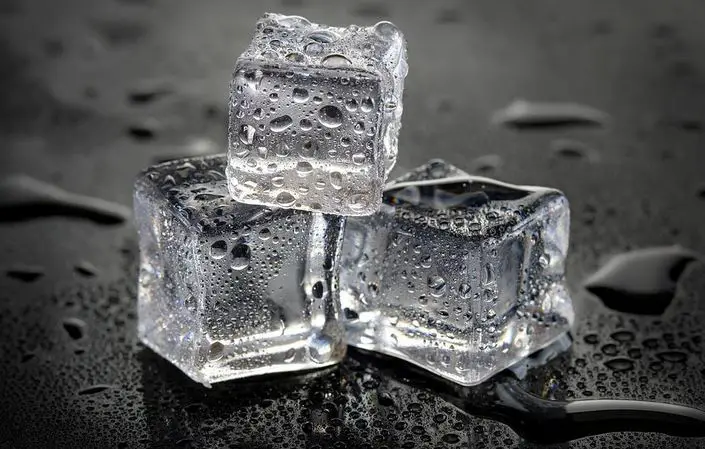
Be prepared for the possibility of a bump during pole training by keeping a bag of ice in the freezer.
To carry out this basic medical procedure, keep the bruised region elevated and at rest to speed up the healing process. For the first couple of hours, or until the swelling goes down, apply the cold compress on the bruise for 15-minute intervals.
This will cause the injured blood vessels to tighten, bringing relief from pain and swelling.
Eat More Vitamin C
Your vitamin intake may be inadequate if you bruise easily. The antioxidant properties of vitamin C are better known.
Many individuals are unaware that its major function is to facilitate protein synthesis within our cells, which is essential for the growth and repair of our bodies tissues.
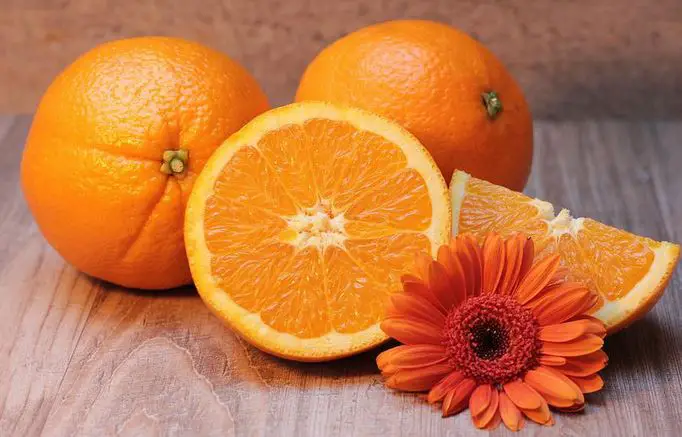
Inflammation, injury recovery time, and the appearance of bruises sustained when pole dancing can all be improved by consuming the RDI.
Vitamin C is found in abundance in citrus fruits and vegetables and you may also find it in supplements, try to intake an average between 75 and 100 milligrams per day.
Apply Aloe Vera
Aloe vera is another herb that can help alleviate pain and inflammation. The thick, fleshy leaves of this succulent produce a gel that has a cooling effect on bruises and lowers swelling.
Furthermore, the high water content aids in the quick regeneration of damaged capillaries beneath the affected area.
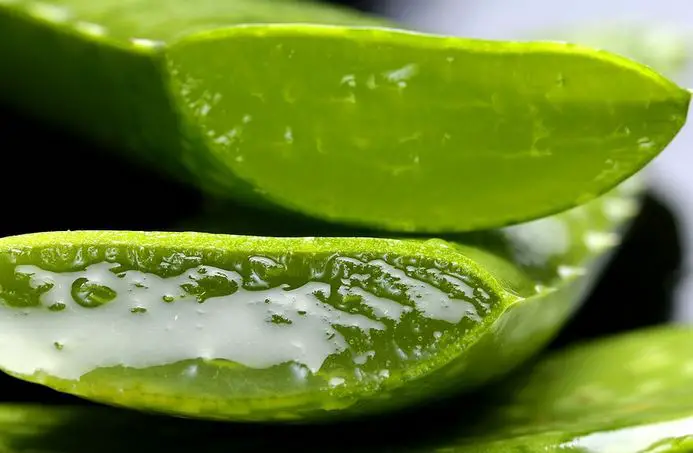
Old-fashioned methods of using this plant include breaking off a leaf and applying the gel directly to the wound. As soon as it is applied, you will feel a cooling sensation; continue applying a layer as long as pain and swelling persist.
Even if you don’t have access to fresh aloe vera, you can still utilize gels and ointments made from the plant. These can be acquired without a prescription at any drug shop in your area.
Massage With Arnica Gel
Arnica Gel, an ointment derived from the Arnica Herb, is available without a prescription and will help heal the bruises.
You will feel less discomfort, swelling, and bruising after using this balm because of its anti-inflammatory effects. You can probably find these at the grocery or drug shop close to you.
Using it immediately after you get one, and massaging it gently into the injured area will speed up the healing process. To maximize its effectiveness, we suggest using it three times daily, or as required.
Get some Vitamin K
Aside from vitamin C, Vitamin K is another nutrient that can reduce the severity of bruises.
Although this is something we eat—specifically, dark green leafy vegetables and broccoli—it can also be applied topically as a Vitamin K cream.
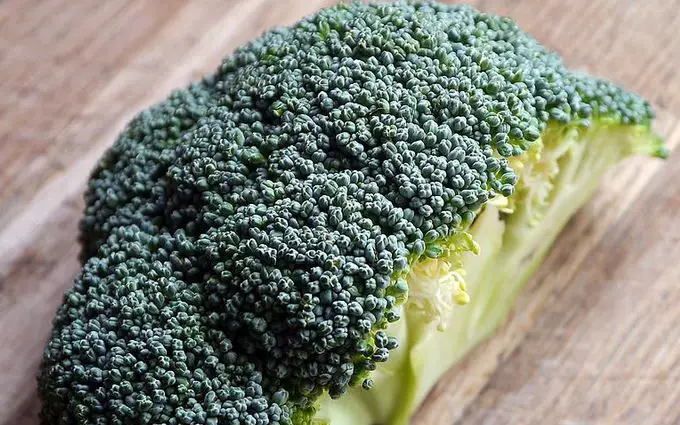
When our blood vessels are injured, vitamin K aids in the clotting process and the subsequent healing of those vessels. Taking this measure aids in speedier recovery from physical injury.
How to Avoid Pole Dancing Bruises
Here are the three most popular preventative measures you may take to avoid getting bruised while pole dancing.
Grip Aids
Pole dancing grip aid tacs can not prevent bruises, but they can lessen the discomfort and depth of existing ones by delivering a very little amount of moisture to the skin.
Also read: Best pole dancing grip
Your hands and body will have a dewy tack that prevents you from slipping because of the dampness. For a firmer grip with less effort, try using a dryer variety, such as Grip Tac.
You can put these goods wherever you need a bit of extra pole grip without the agony of sliding, like on your inner thighs, inner calves, or behind your knees.
Growth
Safely learning to pole dance requires practice and practice only. Flowing gracefully and correctly from one maneuver to the next as your body allows will reduce the chance of bruising.
Correct Pole Dance Methods
Instead of risking injury by trying to perform routines before your body is ready, beginners who take the time to learn appropriate pole dance techniques and how to safely and effectively increase their strength can have a lifetime of safe and enjoyable pole dancing.
There is a risk of injury and bruising if you try to perform a move with improper posture and technique.
How Do Pole Dancers Not Get Burned?
You can lessen the discomfort of pole burn by paying attention to details like how you’re moving while on the pole and taking steps to prevent friction.
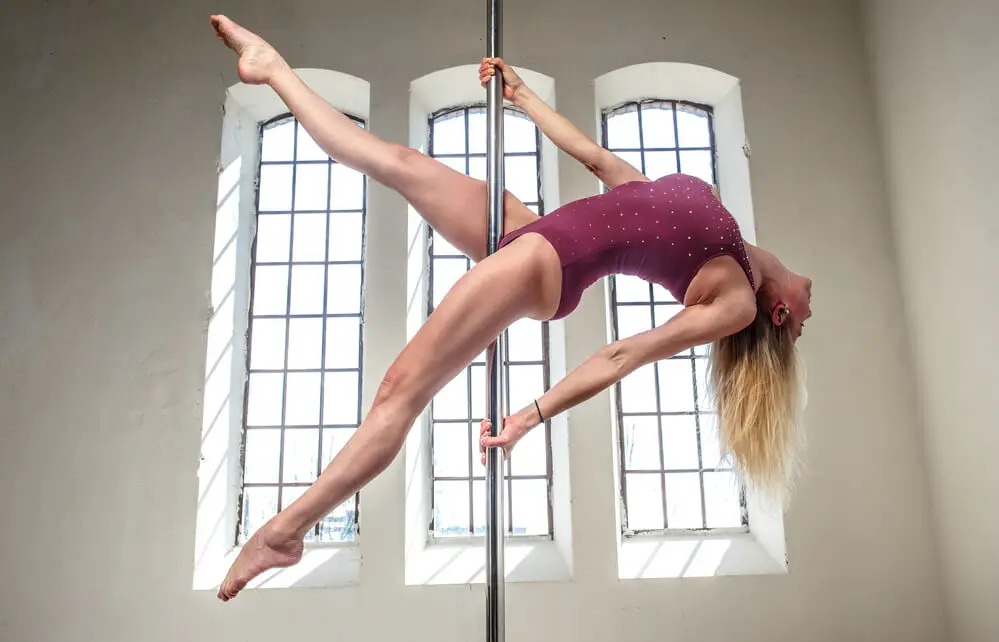
There’s no shortcut here; it’s just something you have to master along with the rest of pole dancing.
Minimize Friction
The first piece of advice is to minimize friction, which will necessitate cautious handling of the pole throughout training.
If you want to perform spins, for instance, but you’re sweaty, that’s not good, because the extra moisture (like chafe between the legs when walking) on the skin will encourage rubbing friction.
Pole burn is the outcome of the kind of friction caused by moisture. People who perspire profusely (which is quite natural in pole dancing) should clean the parts of their bodies that will come into touch with the pole.
If that doesn’t help and the rubbing bothers you too much to train, you can try one of the many pole dancing grip items on the market.
Tough Skin
Conditioning the skin through repeated workouts is another method for preventing pole burn.
Regular practice is the only method to develop a callus that can withstand the pain of the motions, just as a guitarist’s fingers bleed when they first start playing but stop hurting after a while.
A similar strategy can be used to speed up the healing process after pole training; using ice at the end of each training helps reduce skin inflammation, so if you have any frozen vegetables, berries, or meat in the fridge, use that instead.
Is Pole Dancing Bad for Your Body?
The core, upper body, and lower body strength of a person can all benefit from pole dancing. Even though there is a chance of injury (most commonly bruises, skin burn, and shoulder difficulties from hanging from one arm), it is not worth it to avoid the experience because of the potential gain.
Does Your Skin Get Used to Pole Dancing?
Yes your skin will get used to it and the pole won’t hurt anymore after some time. Your body becomes desensitized to the pain as a result of the repeated pulling, bruising, and manipulation of the affected area.
